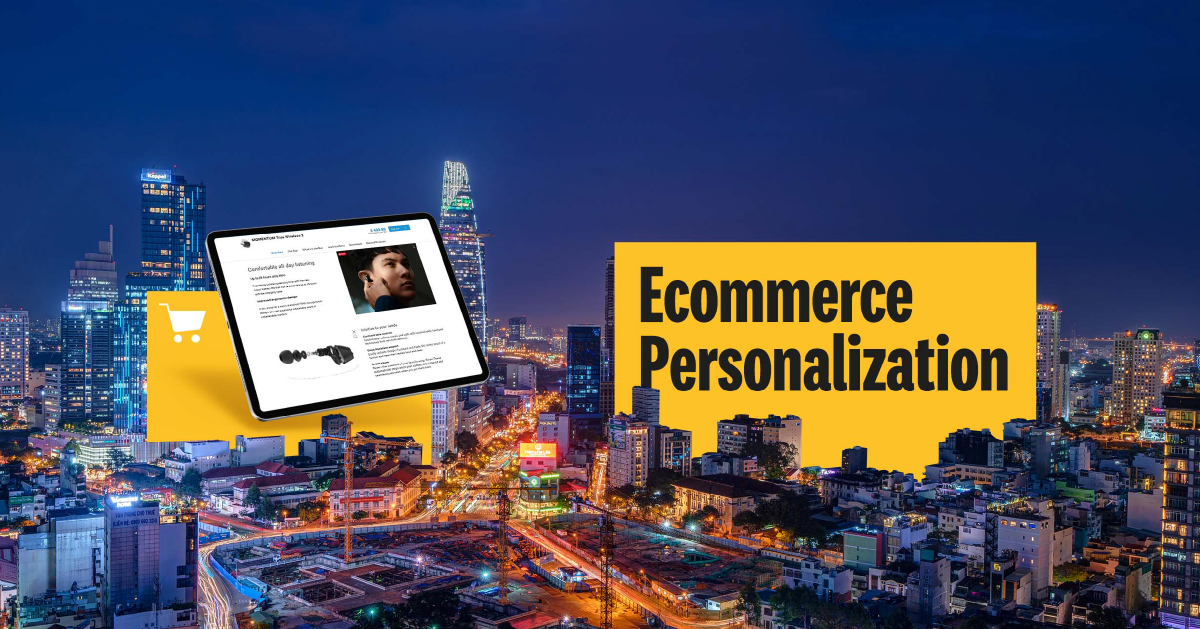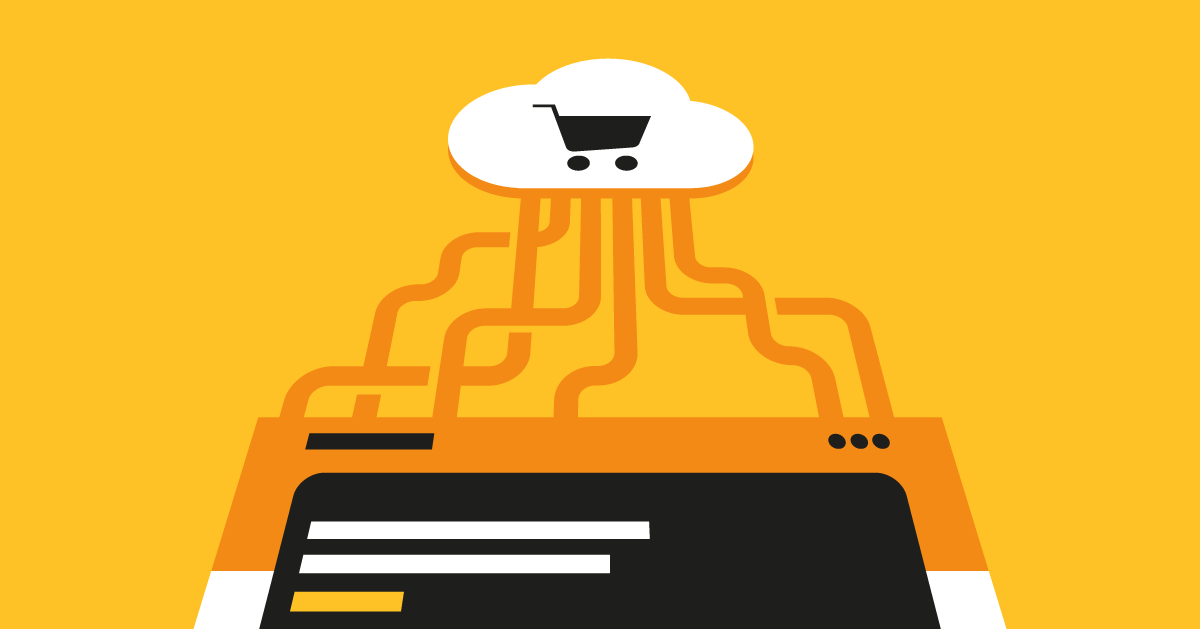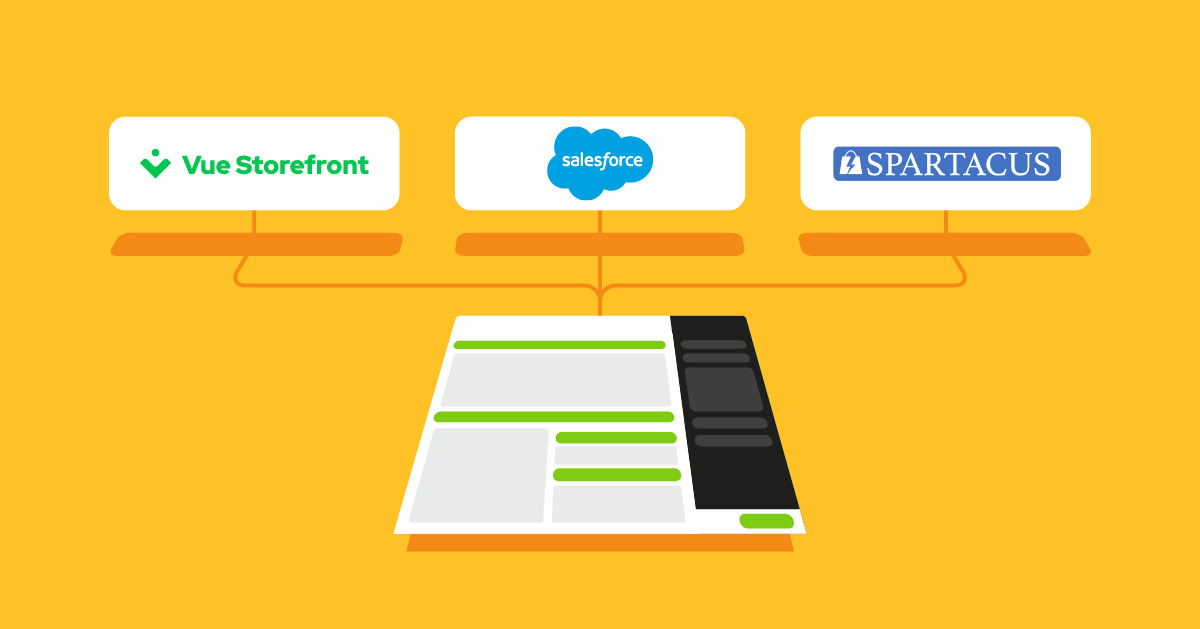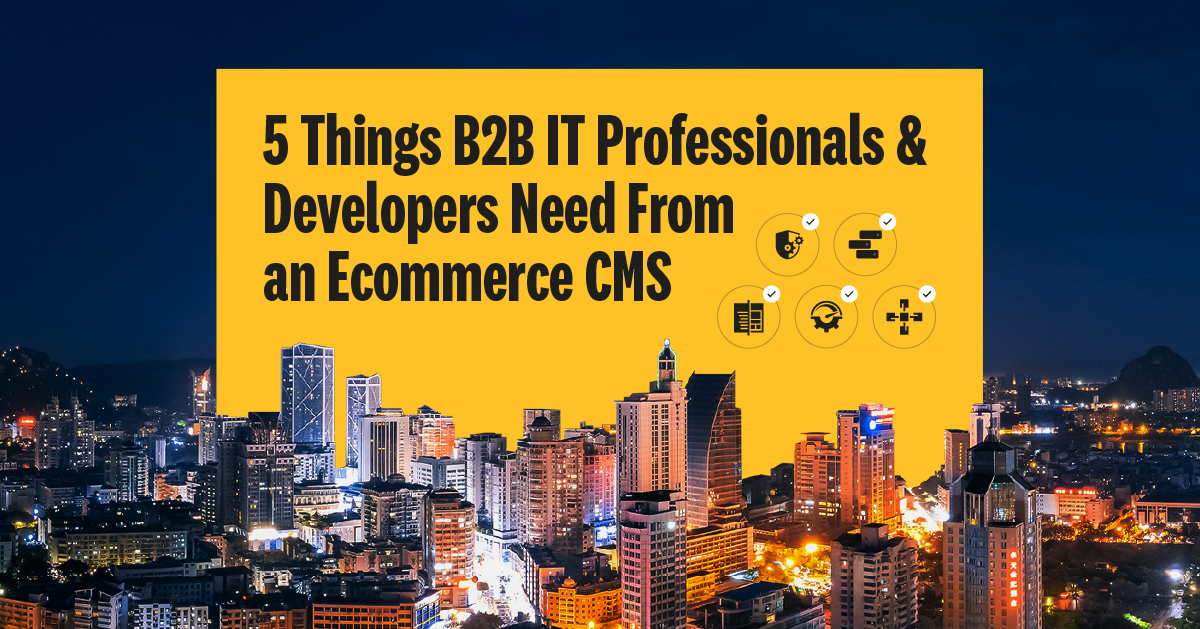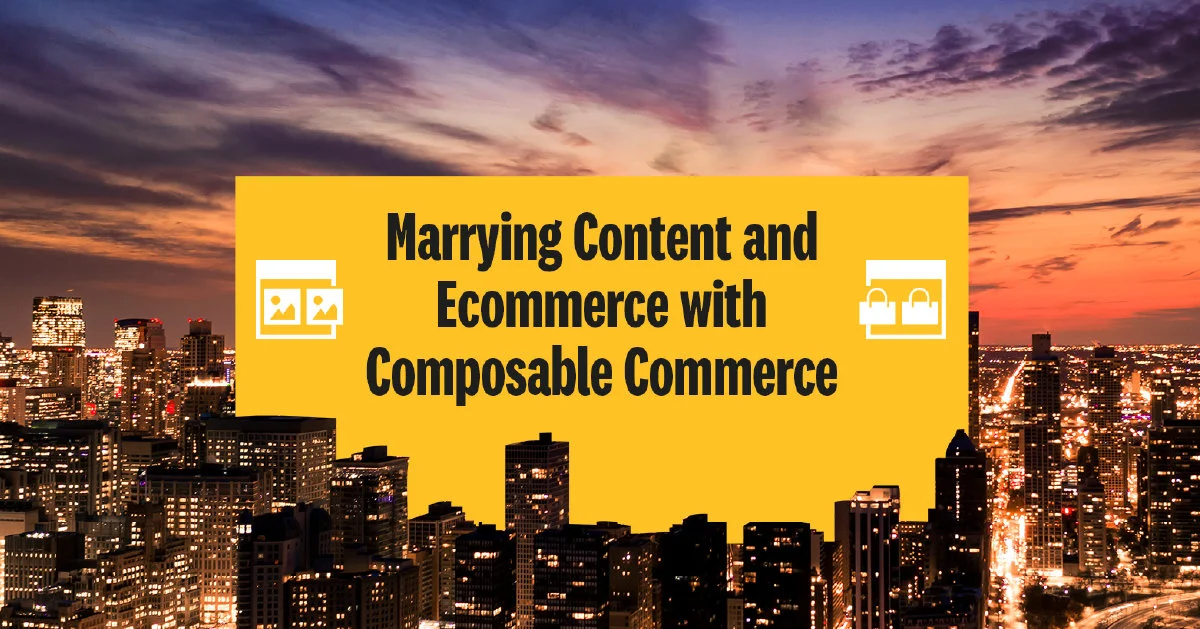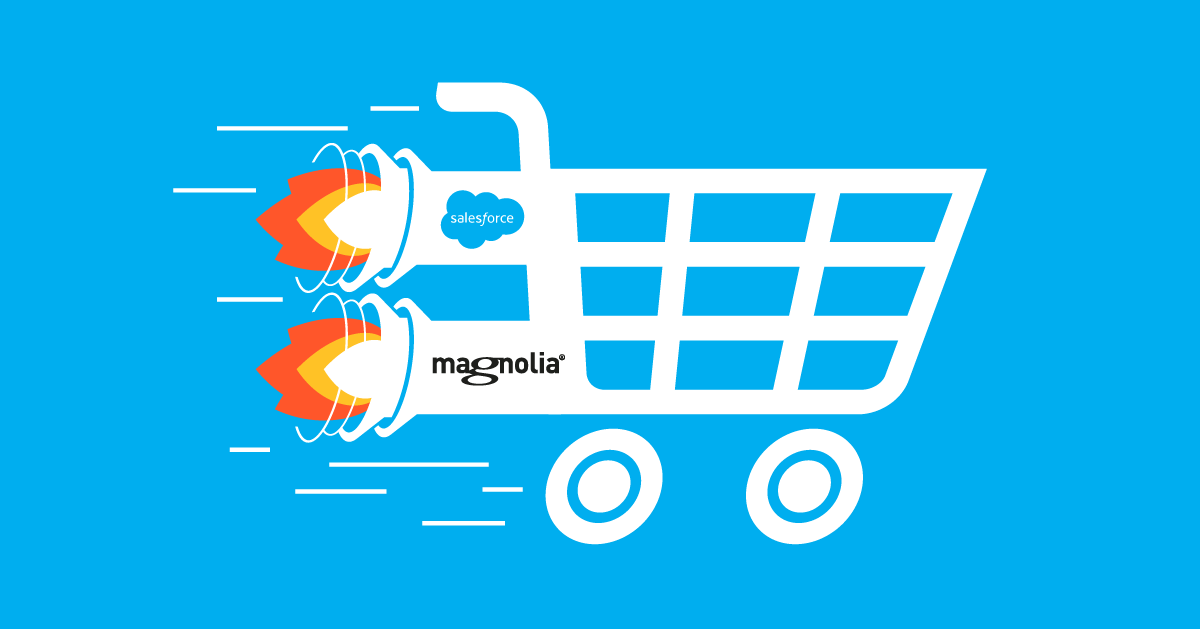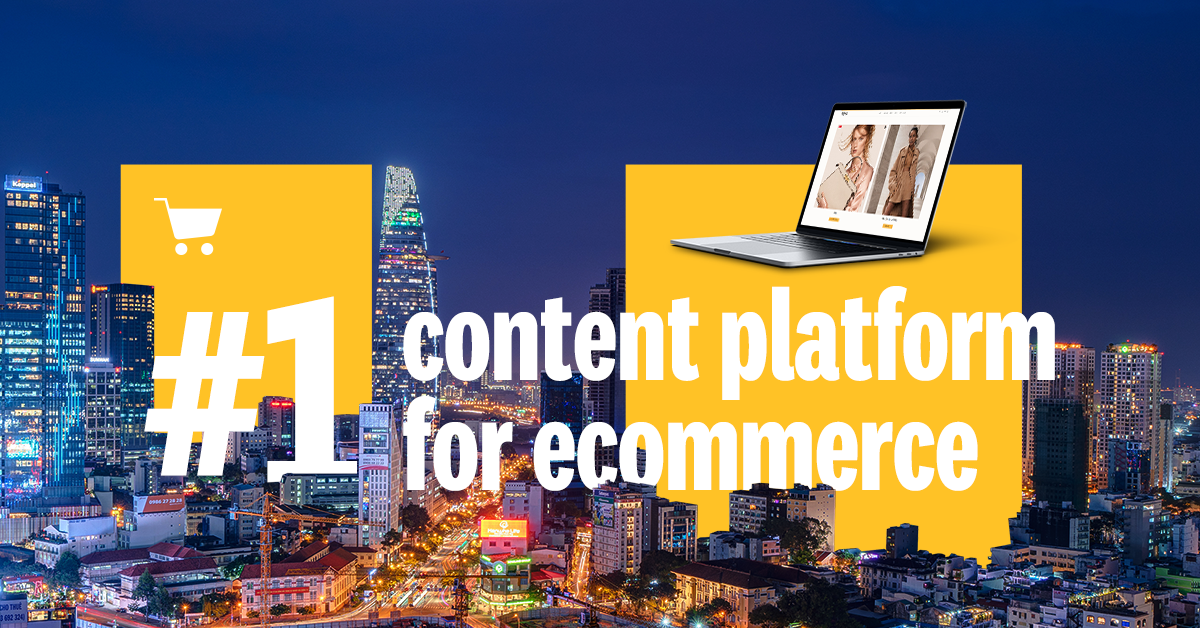Ecommerce
In this category, you will find articles related to how content and commerce combine and how Magnolia can help companies increase their ecommerce sales with content. Topics include headless commerce and how to use modern technologies like Jamstack to support ecommerce.
For example, check out “Magnolia: The #1 Content Platform for Ecommerce” to see how Magnolia makes it easier to handle the content needs for an ecommerce business. You can also learn more about jamstack ecommerce by reading “Why Jamstack Is the Ideal Ecommerce Solution."
Frequently asked questions
How headless commerce works?
In headless commerce, the frontend and the backend are decoupled. That means that the storefront and the ecommerce platform are separate and communicate with each other via APIs. A headless Content Management System (CMS) is often part of the headless commerce stack too. The composable architecture of headless commerce also allows for other services to be easily integrated.
What are the benefits of headless ecommerce?
Headless commerce allows brands to manage their ecommerce capabilities in the backend independently from the presentation layer. The decoupled systems communicate via APIs. The approach increases flexibility and efficiency and helps brands provide an innovative shopping experience on desktop, mobile, or any other connected device. Composable commerce takes headless commerce a step further and allows for other services to be easily integrated.
Why headless commerce?
A headless commerce stack comprises a headless ecommerce platform, a headless Content Management System (CMS), and any storefront. In this decoupled architecture, the frontend communicates with the backend systems via APIs, increasing flexibility and efficiency. It also helps brands provide an innovative shopping experience on desktop, mobile, or any other connected device. Composable commerce takes headless commerce a step further and allows for other services to be easily integrated.
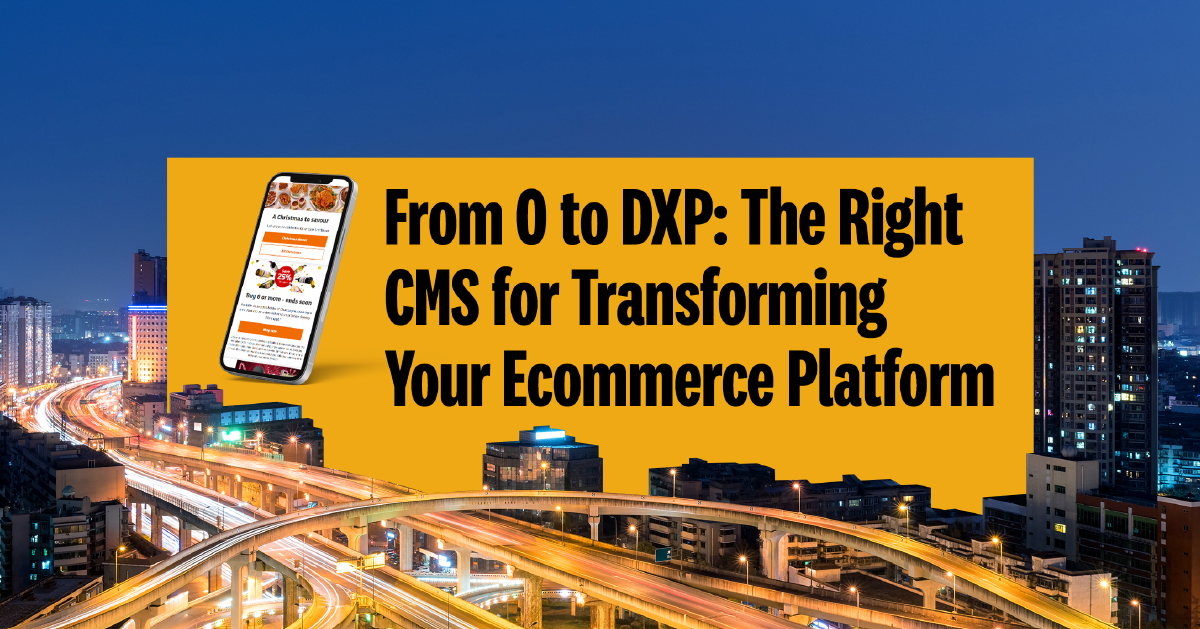





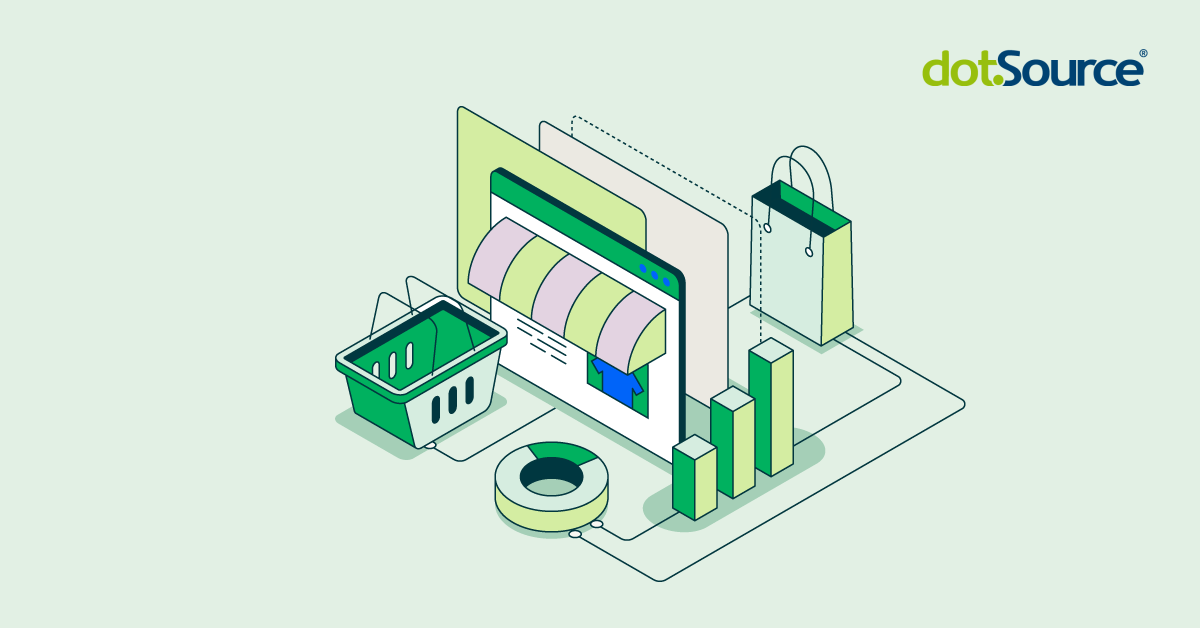

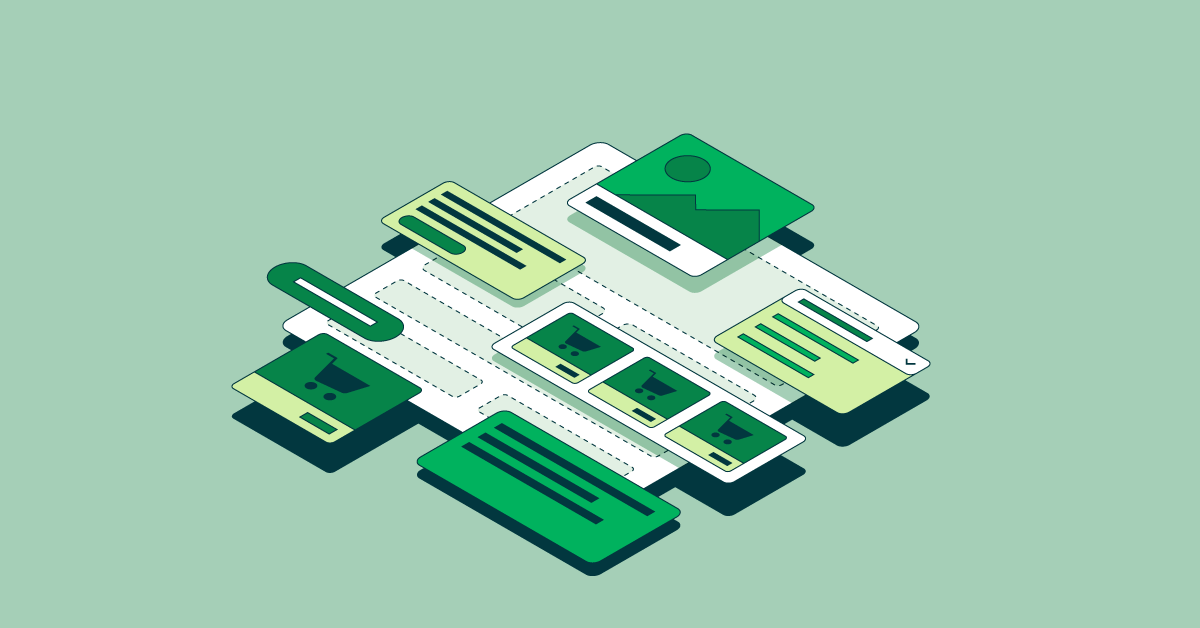





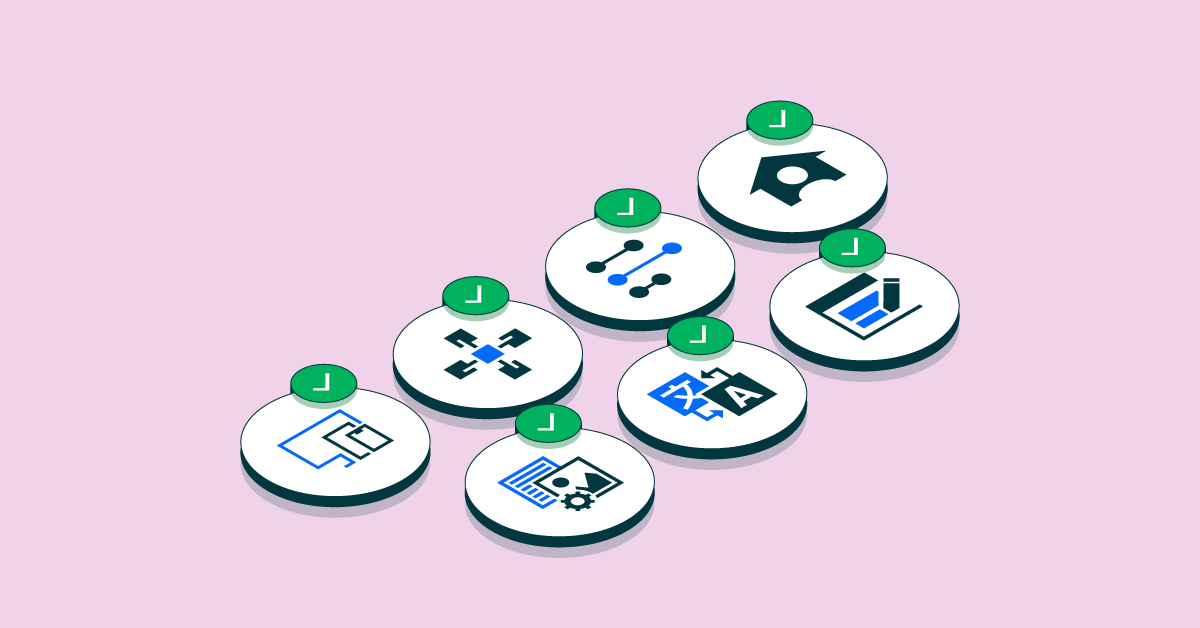
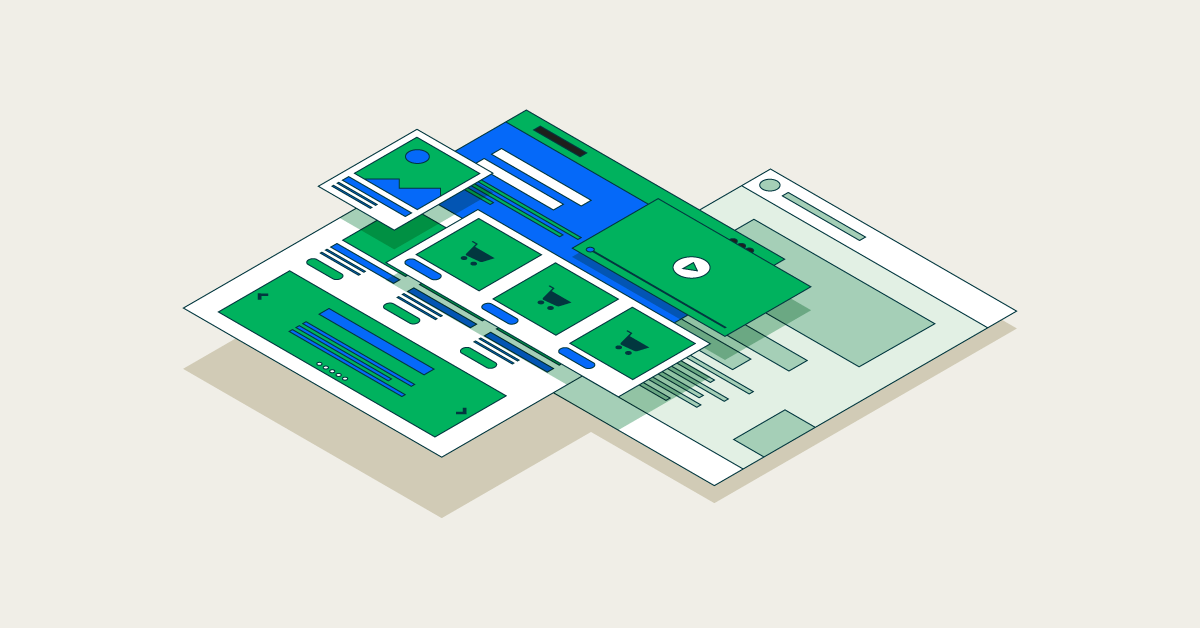


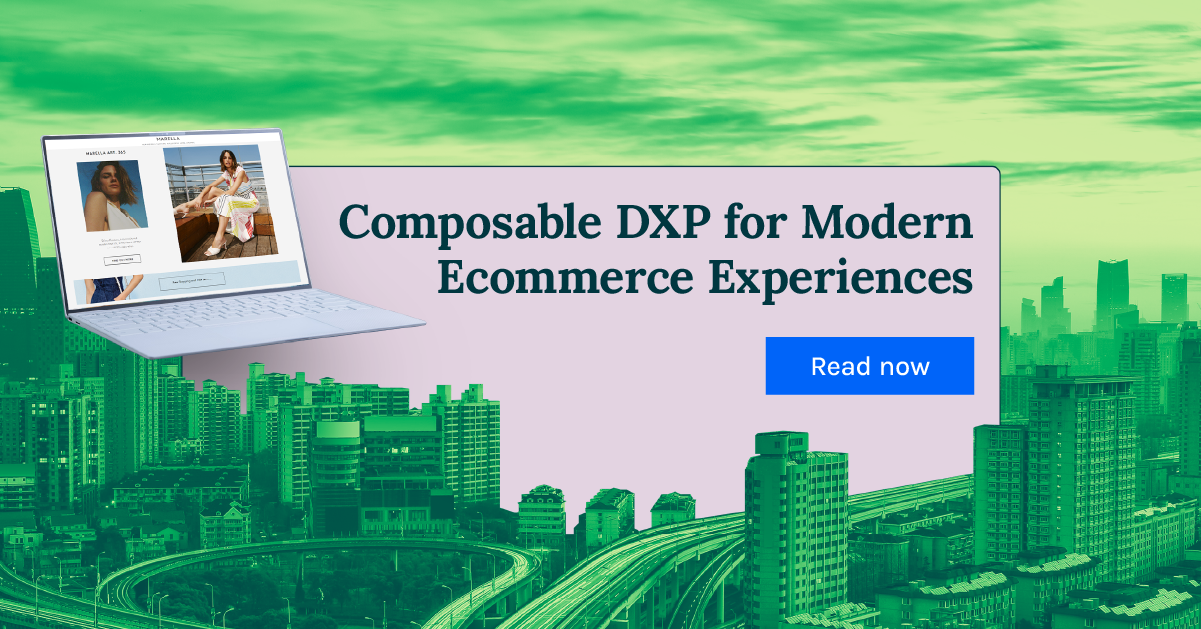

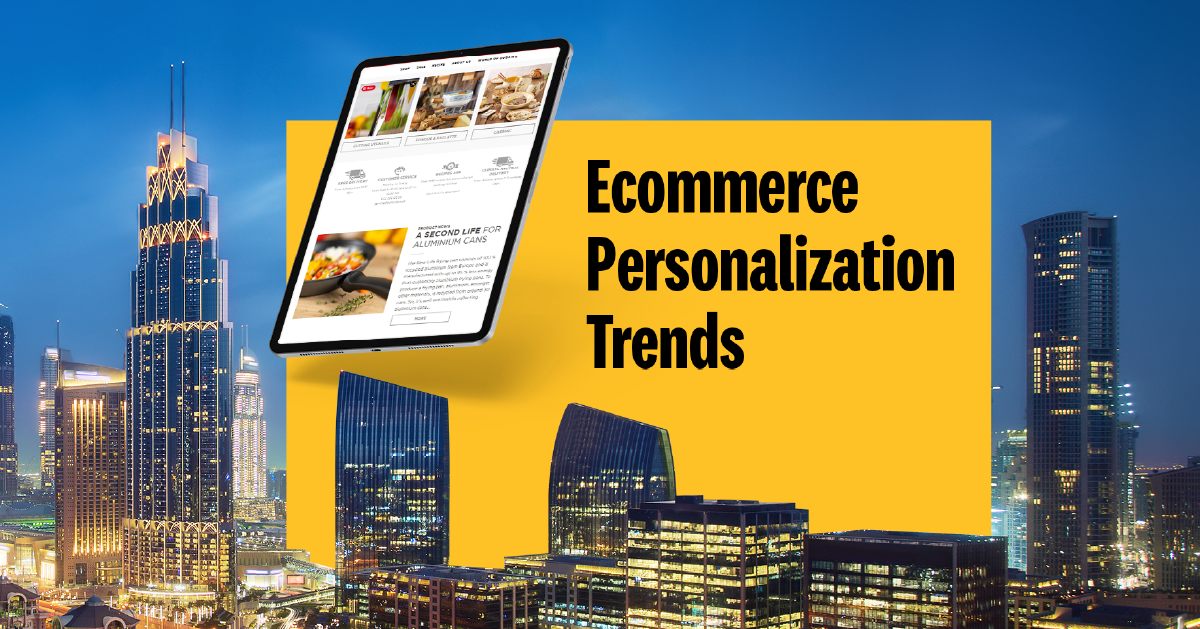
.png)
